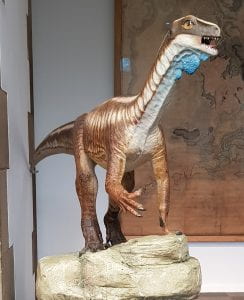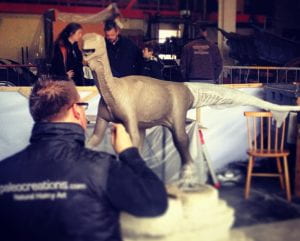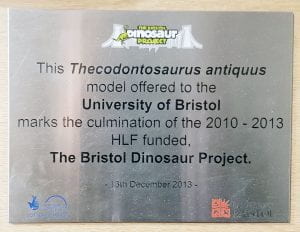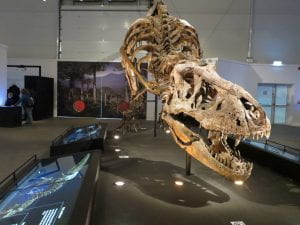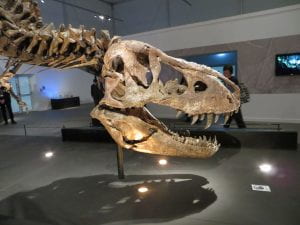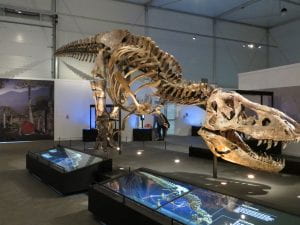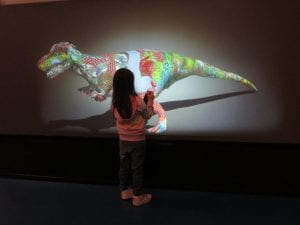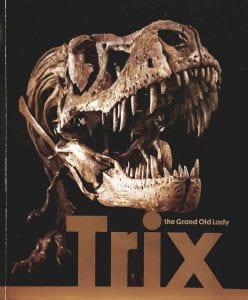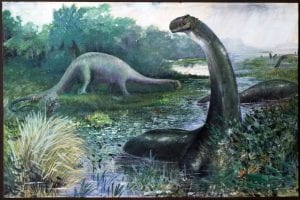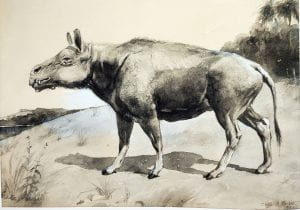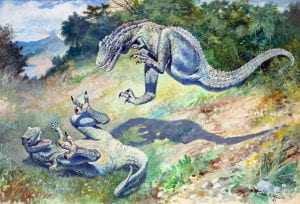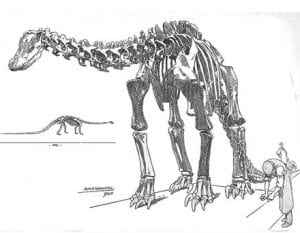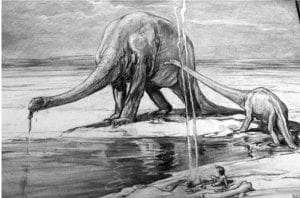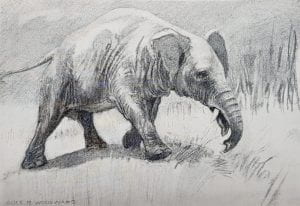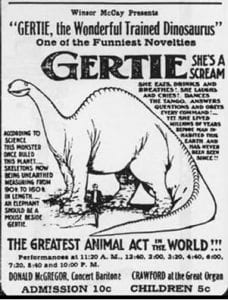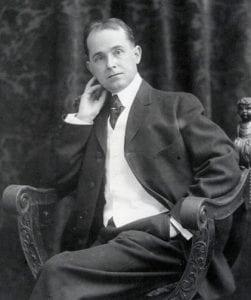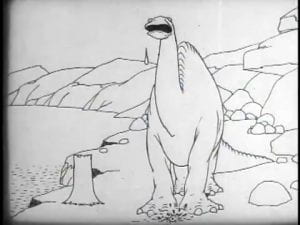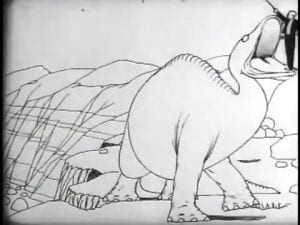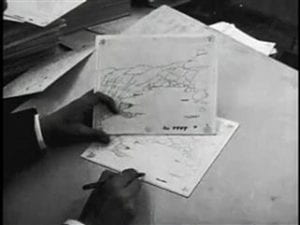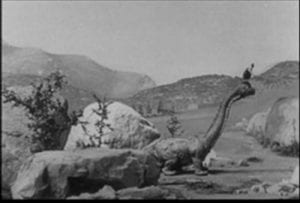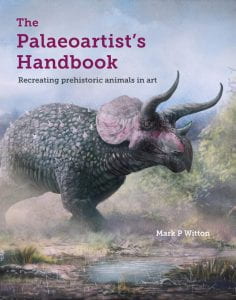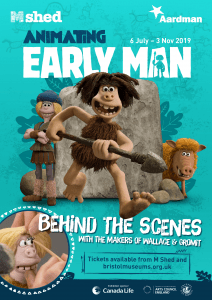 Aardman Animations‘ feature film ‘Early Man’ was released in 2018 – a very funny, beautifully animated story of how cavemen invented football. Now, Bristol’s M-Shed museum, is showing an exhibition revealing how the film was animated.
Aardman Animations‘ feature film ‘Early Man’ was released in 2018 – a very funny, beautifully animated story of how cavemen invented football. Now, Bristol’s M-Shed museum, is showing an exhibition revealing how the film was animated.
 If you haven’t seen the film, the exhibition is still worth a visit. Aardman’s method of stop-frame animation is better known for the characters Wallace and Gromit and Shaun the Sheep but ‘Early Man’ introduces new characters. The exhibition is full of fascinating exhibits such as the models of the characters, the storyboards, the sets and plenty of interactive activities to try for yourself.
If you haven’t seen the film, the exhibition is still worth a visit. Aardman’s method of stop-frame animation is better known for the characters Wallace and Gromit and Shaun the Sheep but ‘Early Man’ introduces new characters. The exhibition is full of fascinating exhibits such as the models of the characters, the storyboards, the sets and plenty of interactive activities to try for yourself.
Without giving away the plot, there is a pre-title sequence that shows life before the asteroid arrived and a fight between a Ceratosaurus and a Triceratops; the dinosaur film fans among you will recognise this as a nod to the same fight in the 1966 film One Million Years B.C., animated by the great Ray Harryhausen.
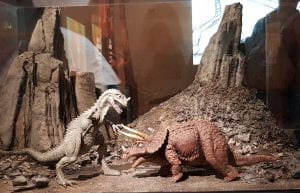
In a video interview Nick Parks, creative director discusses his admiration for Harryhausen and the exhibition shows the two dinosaur models for the Aardman film – they are named in the final credits as ‘Ray’ and ‘Harry’ – alongside two of the original models, on loan from the Ray and Diana Harryhausen Foundation (the terms of loan request that these models aren’t photographed, although photography is welcome in the rest of the exhibition).
The museum has lent the exhibition some original Stone Age and Bronze Age artefacts and objects, with background information on the objects. If you feel enthusiastic, you’re invited to try out creating a live sequence using a green screen background and explore the world of the Foley (sound effect) artists who create the sounds effects on the film, making noises with the various materials and tools.
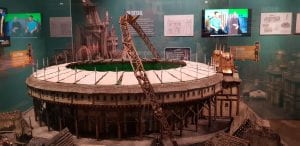
Also not giving the plot away, an unusual mammoth features in the film and the exhibition features the original model and shows how it was designed and made.
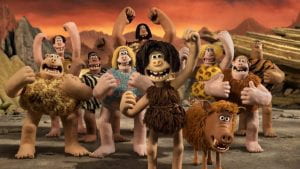
I loved this exhibition and for me, personally, it was great to see the storyboards and to find out that most of them are drawn in traditional materials such as marker pens, ink and wash. I did watch the film again after the visit which was magical having seen how the animation was made.
The exhibition is on at the M-Shed, Bristol, until 3 November 2019 and the film is now on download and DVD. Very highly recommended!!
A trailer for the film can be seen here.


